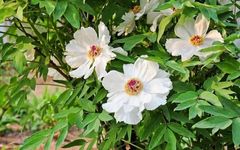The name Shao Yao (芍药) first appeared in the “Shen Nong’s Herbal Classic”. In the Liang Dynasty, Tao Hongjing classified it into Bai Shao (白芍) and Chi Shao (赤芍) based on color, but did not differentiate their uses. By the end of the Tang Dynasty and the beginning of the Song Dynasty, although they began to be used separately, it was still not clear. It was not until the Jin Dynasty that the physician Cheng Wuji clearly stated, “Bai supplements while Chi drains; Bai gathers while Chi disperses.” This refers to Bai Shao’s ability to nourish and gather, while Chi Shao excels at clearing heat and dispersing blood stasis. It was only later that physicians began to use them separately. Below, I will guide you through the efficacy and functions of Bai Shao.
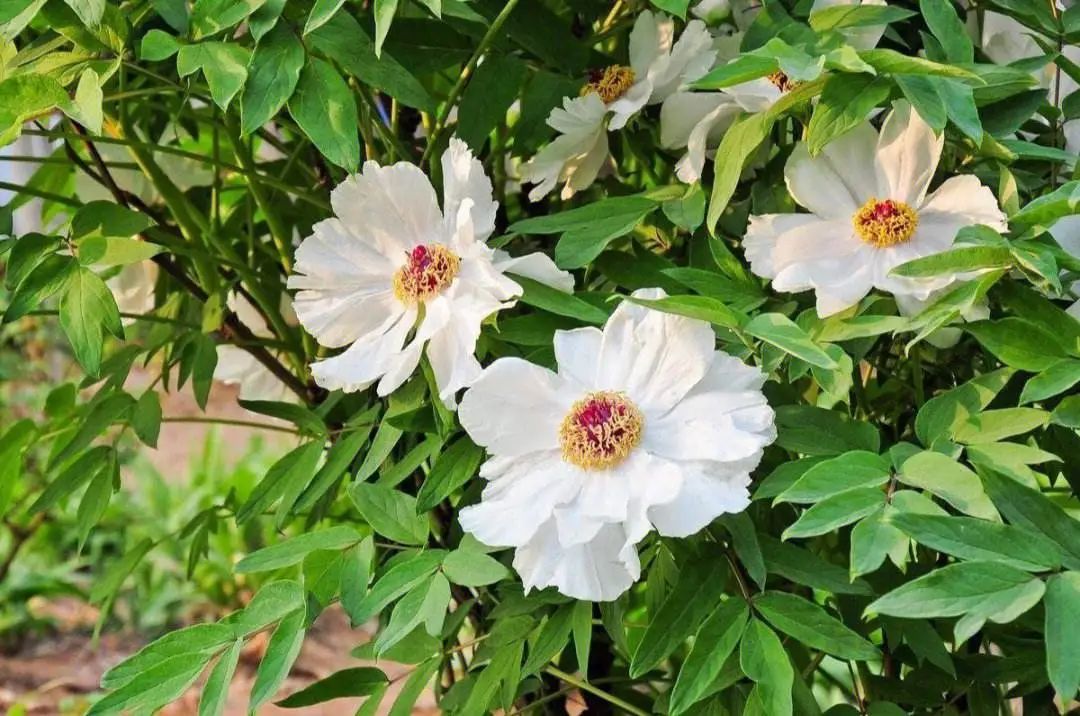 Bai Shao is also known as Jin Shao Yao (金芍药) (from “An Qisheng’s Method of Medicinal Refinement”). The medicinal part is the root of the Ranunculaceae plant, Shao Yao (cultivated species). The roots are harvested in summer and autumn from plants that have been planted for 3-4 years. The rhizomes and fibrous roots are removed, cleaned, scraped of coarse skin, and briefly boiled in boiling water to soften the roots before being dried in the sun.
Bai Shao is also known as Jin Shao Yao (金芍药) (from “An Qisheng’s Method of Medicinal Refinement”). The medicinal part is the root of the Ranunculaceae plant, Shao Yao (cultivated species). The roots are harvested in summer and autumn from plants that have been planted for 3-4 years. The rhizomes and fibrous roots are removed, cleaned, scraped of coarse skin, and briefly boiled in boiling water to soften the roots before being dried in the sun.
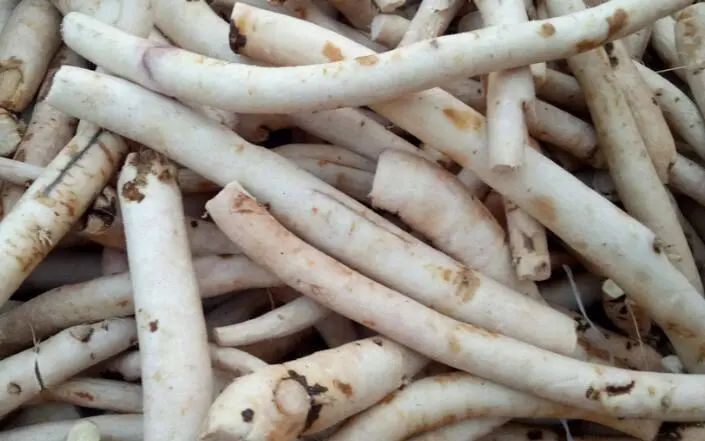 The plant is a perennial herb, growing 50-80 cm tall. The roots are thick, usually cylindrical or slightly spindle-shaped. The stem is erect, smooth, and hairless. The leaves are alternate, with long petioles; they are twice compound, with leaflets that are oval to lanceolate, 8-12 cm long and 2-4 cm wide, with a gradually pointed or sharp tip, wedge-shaped base, entire margin, and very fine papillae on the leaf edge. The upper surface is dark green, while the underside is light green, with raised veins on the underside. The base of the leaves often has a reddish tint. The flowers are very large, solitary at the top of the flower stem, with 2-5 flowers per stem, which is 9-11 cm long; there are 3 leaf-like sepals; about 10 or more petals, ovate, white, pink, or red; numerous stamens with yellow anthers; 3-5 separate carpels. The fruit is a follicle, 3-5 in number, oval, with a hooked tip bending outward. The flowering period is from May to July, and the fruiting period is from June to July.
The plant is a perennial herb, growing 50-80 cm tall. The roots are thick, usually cylindrical or slightly spindle-shaped. The stem is erect, smooth, and hairless. The leaves are alternate, with long petioles; they are twice compound, with leaflets that are oval to lanceolate, 8-12 cm long and 2-4 cm wide, with a gradually pointed or sharp tip, wedge-shaped base, entire margin, and very fine papillae on the leaf edge. The upper surface is dark green, while the underside is light green, with raised veins on the underside. The base of the leaves often has a reddish tint. The flowers are very large, solitary at the top of the flower stem, with 2-5 flowers per stem, which is 9-11 cm long; there are 3 leaf-like sepals; about 10 or more petals, ovate, white, pink, or red; numerous stamens with yellow anthers; 3-5 separate carpels. The fruit is a follicle, 3-5 in number, oval, with a hooked tip bending outward. The flowering period is from May to July, and the fruiting period is from June to July.
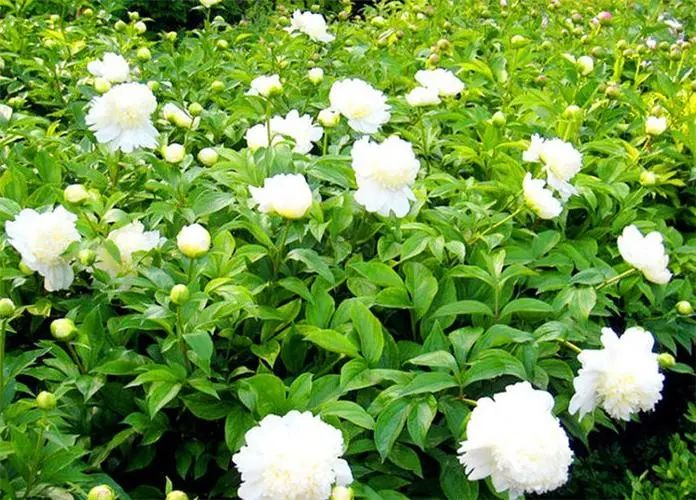 Meridian Affinity: Liver (肝); Spleen (脾)
Meridian Affinity: Liver (肝); Spleen (脾)
Taste and Properties: Bitter (苦); Sour (酸); Slightly Cold (微寒)
Precautions: Not suitable for use alone in cases of deficiency-cold syndrome. Avoid with Li Lu (藜芦).
Main Functions and Indications: Nourishes Blood and Yin; Alleviates pain; Astringes Yin and calms the Liver. Indicated for irregular menstruation; Abdominal pain during menstruation; Uterine bleeding; Spontaneous sweating; Night sweats; Pain in the hypochondrium and abdomen; Limb cramps; Headaches; Dizziness.
Dosage: For internal use: decoction, 5-12g; or in pills or powders. Large doses can be used at 15-30g.
 The Efficacy and Functions of Bai Shao
The Efficacy and Functions of Bai Shao
1. Activates Blood and Alleviates Pain
Bai Shao can invigorate blood circulation and dispel stasis, relaxing the muscles and meridians. In TCM theory, obstructed meridians can lead to various ailments. Bai Shao can activate blood circulation and relieve stasis, thereby improving blood flow and alleviating pain. Therefore, Bai Shao is commonly used for various types of pain, including arthritis, dysmenorrhea, and chest pain.
2. Promotes Diuresis and Reduces Swelling
Bai Shao can increase urine output and promote the excretion of waste from the body, providing relief for symptoms such as edema and swelling.
3. Clears Heat and Detoxifies
Bai Shao can clear heat and detoxify, providing auxiliary treatment for diseases caused by heat toxins, such as sore throat and oral ulcers.
4. Nourishes Qi and Blood
In TCM theory, Qi and Blood are two essential substances in the body that depend on each other. If Qi and Blood are deficient or imbalanced, various diseases can arise. Bai Shao can nourish and invigorate blood while also regulating Qi, achieving health maintenance effects. Therefore, Bai Shao is generally used to regulate women’s menstrual cycles and alleviate symptoms of weakness and fatigue.
5. Calms the Mind and Stabilizes the Spirit
In modern society, people face various pressures, leading to increasing issues such as insomnia and anxiety. Bai Shao can calm the Liver and stabilize the mind, relieving stress and improving sleep quality and emotional state.
6. Activates the Liver and Improves Vision
The active components in Bai Shao can activate the liver and regulate liver Qi, providing improvement for symptoms such as eye fatigue and blurred vision.
 Bai Shao’s Consumption Methods
Bai Shao’s Consumption Methods
1. Bai Shao Congee. Bai Shao can be cooked with other ingredients to make congee, enhancing both the texture of the congee and the medicinal effects of Bai Shao. When cooking congee, Bai Shao can be chopped or ground into powder and added to the congee to cook together. The benefits of Bai Shao congee include improving gynecological diseases and nourishing blood, making it particularly suitable for women.
2. Bai Shao Tea. Bai Shao can be used to brew tea, which has the effects of clearing heat and detoxifying, as well as activating blood and alleviating pain. Bai Shao can be ground into powder or fresh Bai Shao can be used, added to boiling water for brewing, allowing one to consume the medicinal components of Bai Shao. The benefits of Bai Shao tea are its convenience and ease of access, allowing for consumption anytime and anywhere, and it can also improve liver and stomach discomfort and regulate Qi and blood.
3. Bai Shao in Cooking. Bai Shao can be sliced or shredded and added to dishes during cooking. Bai Shao has a bitter taste that can add a unique flavor to food. Additionally, Bai Shao has medicinal value that can enhance the efficacy of the diet, benefiting blood regulation and soothing the stomach. Foods cooked with Bai Shao are not only delicious but also beneficial for health.
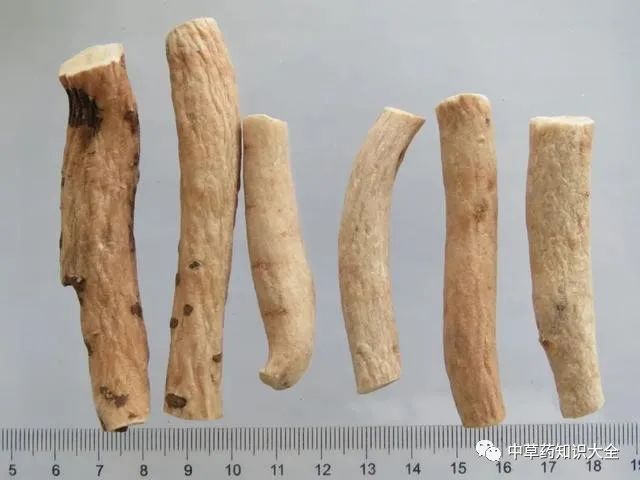 Bai Shao’s Contraindicated Groups
Bai Shao’s Contraindicated Groups
1. Due to Bai Shao’s cold nature, individuals with deficiency-cold abdominal pain or diarrhea should avoid consuming Bai Shao.
2. If children exhibit symptoms of measles, it is best to avoid consuming Bai Shao during the measles period.
3. When individuals are taking other Chinese medicines due to certain diseases, they should remember to avoid Bai Shao.
4. When consuming Bai Shao, avoid Li Lu (藜芦) as consuming them together can cause discomfort such as gastric acid issues.

